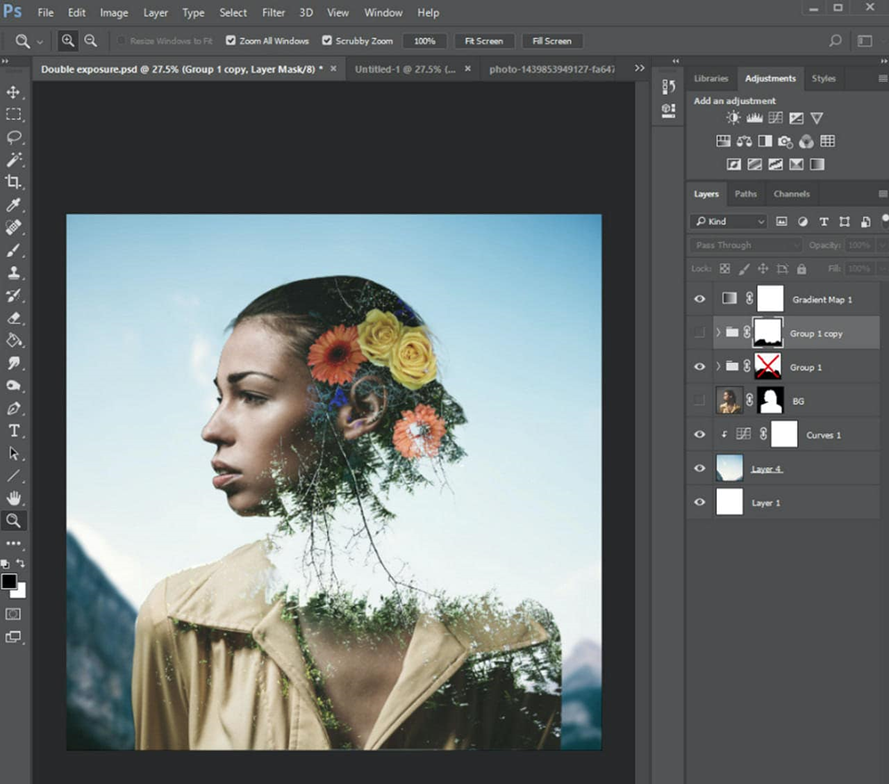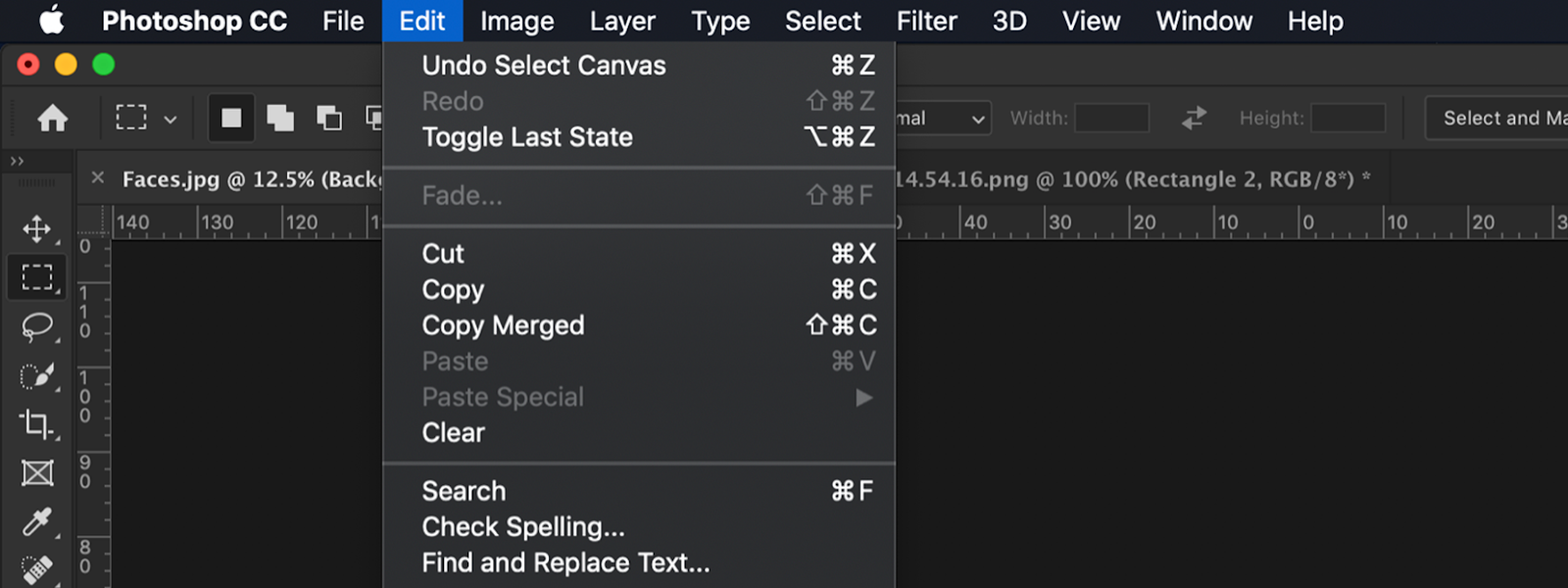Interactive Multimedia Webpage
Multimedia Hardware and Software
Objectives- Explain what is hardware- Identify a Camcorder- Identify Camcorder parts and functions- Explain what is Photoshop- Identify Photoshop parts- Identify Photoshop functions
Hardware
tools,
machinery, and other durable equipment.
What is a Professional Camcorder?
A professional video camera (often called a television camera even though its use has spread beyond television) is a high-end device for creating electronic moving images (as opposed to a movie camera, that earlier recorded the images on film)
Parts of a Camcorder and its functions
Lens
The lens, which is made of glass, is used to let light into the camera. Some cameras have a single, built-in lens while others have detachable lenses. The type of lens you use affects the appearance of the image. Some lenses create distortion, while others create a very close approximation to what is seen with the human eye.
Viewfinder
The viewfinder is the area on the camera that you look through in order to compose your shot. For some cameras, an LCD screen is used as a viewfinder, or your camera may have the option to use either one. Once your photo is taken, it may not look exactly like what you see through the viewfinder. Factors such as lighting, lens, camera settings and your camera's capabilities will affect the finished result. Because of this, the viewfinder is not intended as a preview of your photo, but rather a tool to aid you in taking it. You, as the photographer, determine the final result.
Mode dial
Most cameras today have a variety of functions and automatic features. The mode dial allows you to select different options, such as automatic mode, program mode, sport mode or macro mode. Older cameras may not have a mode dial, because all of the settings are manual. There are also some compact cameras that use a touch-screen for selecting options instead of a dial.
Focus ring
Film or digital SLR cameras will most likely have a focus ring. This is a ring typically found on the lens that allows manual control of the camera's focus. You can decide if you want the whole image in focus, or just a part of it. Many cameras have an auto-focus feature in addition to the focus ring. Other cameras, such as point-and-shoot cameras, will not have a focus ring at all, as all of the focus is set automatically.
LCD screen
The majority of cameras on the market today come standard with an LCD screen. Older film and digital cameras may not have one. The LCD screen is used to view and change options and settings, view pictures after they are shot, and on some cameras, as a viewfinder. Some cameras allow you to edit photos while they are still on camera, and the LCD screen makes this possible.
Shutter button
Every camera comes equipped with a shutter release button. This is simply the button on the camera that is used to snap the picture. It opens and closes the shutter, allowing the necessary light and information to enter the camera. The amount of time the shutter stays open depends on what you have your shutter speed set to.
Software
the programs and other operating information used by a computer.
Adobe Photoshop
Adobe Photoshop is the leading professional image- editing program, released by Adobe. Photoshop is useful for both creating and editing images to be used in print or online. Easy to use, but full of high-quality features, Photoshop is the best choice for any image manipulation job.
Things you can do on Photoshop
Photo restoration and manipulation
Working with text
Graphics and images
Photoshop interface
Menu Bar
The menu bar consists of nine menus: File, Edit, Image, Layer, Select, Filter, View, Window, and Help.
Tool box
The toolbox contains many of the tools you will be working with in Photoshop. This contains tools for working with images in Photoshop.
Layers
Graphics File Format
GIF: Graphics Interchange Format. Limited to 8-bit, 256 colours. Used for large areas of uniform colour. Lossless compression. 2/3 compression: 96KB = 64 KB. Can assign one colour as a transparent, can also use animation.
JPEG: Joint Photographers Experts Group. The best platform for photographic images; textures and gradations. Very small file size: 96KB = 32KB.
TIFF: Tagged Image File Format. High Quality
PSD: Photoshop’s native file format
Image resolutions
Image resolution is typically described in PPI, which refers to how many pixels are displayed per inch of an image. Higher resolutions mean that there more pixels per inch (PPI), resulting in more pixel information and creating a high-quality, crisp image
Dimensions
There are a number of paper size standards used in the world today, the most commonly used being the international ISO standard and a standard used in North America. These sizes are used to order various printed items such as stationery, brochures, digital copies, fliers, etc.
Outputs















Comments
Post a Comment